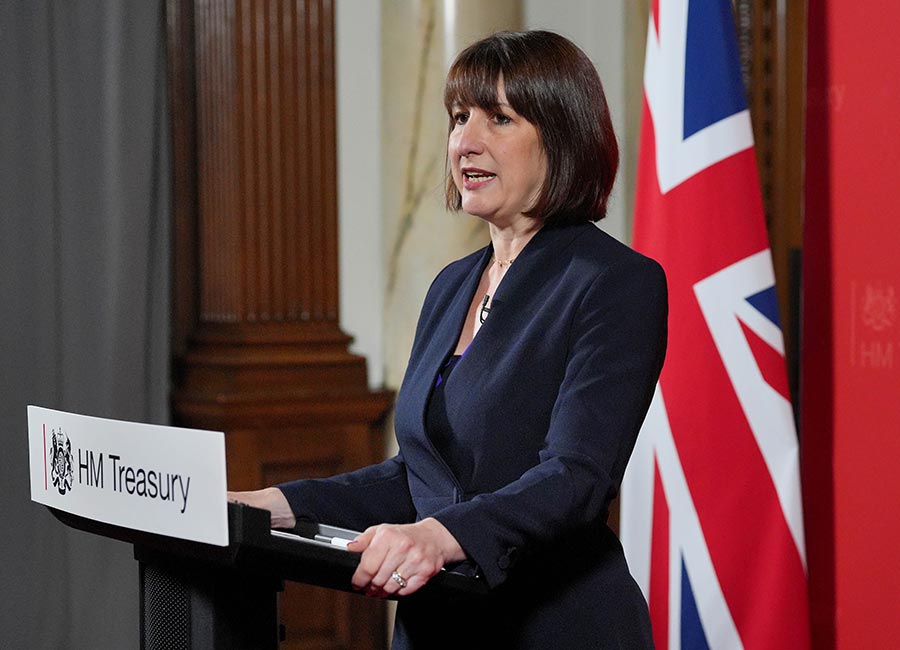The FTSE 100 hit an all-time high and the pound tumbled after the Bank of England cut interest rates - and hinted at more to come, writes Hugo Duncan.
On a record-breaking day for the stock market in London, the blue-chip index rose as far as 8,767 soon after rates were cut before closing up 1.2%, or 103.99 points, at 8,727.28.
That was the highest intra-day level ever - and the best-ever close. The more domestically focused FTSE 250 rose 1%, or 210.25 points, to 20,973.13.
The prospect of lower interest rates tends to boost stock markets because it makes holding cash in the bank less attractive and lowers borrowing costs for businesses, which in turn can improve profits.
The FTSE was also lifted by upbeat results from pharmaceutical giant AstraZeneca - its biggest listed company - which leapt up nearly 6pc.
But the pound fell more than 1pc against the US dollar to as low as $1.2362 after the Bank cut rates from 4.75% to 4.5%, before clawing back some losses.
And in what will be of particular concern to Chancellor Rachel Reeves - alongside the Bank's dismal assessment of the economy 100 days on from the Budget - government borrowing costs climbed again even after the reduction in interest rates.
The ten-year gilt yield, a key measure of how much international investors demand in return to lend to the UK, dropped from around 4.42% to 4.38% after the rate cut.
It then charged higher to 4.49% amid fresh concerns on the bond markets that Britain is facing a painful bout of 'stagflation', where the economy stalls but prices sharply rise, and ballooning national debt.
The bleak forecasts of weaker growth and higher inflation from the Bank suggest Reeves is in danger of breaking her fiscal rules. This is unless she cuts spending or raises taxes when the Office for Budget Responsibility (OBR) publishes its findings on the state of the economy next month.
Rate cuts typically weaken currencies. In normal times, a lower Bank rate might be expected to send gilt yields lower, too.
The rise yesterday, even as the pound retreated, suggests investors are fretful over the prospect of prolonged low growth, high inflation and fiscal difficulties.
"With growth under threat and inflation remaining higher than hoped, that provides a combination that is likely to see the word 'stagflation' being bandied around," said Neil Birrell, chief investment officer at Premier Miton Investors.
Investors are betting on another two or three rate cuts this year, taking rates to 4% or 3.75%.
The cut came as the Bank slashed its growth forecasts for this year in half, projecting expansion of just 0.75%, having pencilled in 1.5% only as recently as November.

The forecast is markedly weaker than the 2% that was predicted by the OBR at the time of the Budget in October.
The Bank now believes inflation will peak at 3.7% this year rather than the 2.75% it previously expected. In October, the OBR assumed inflation would only rise as far as 2.6% this year.











